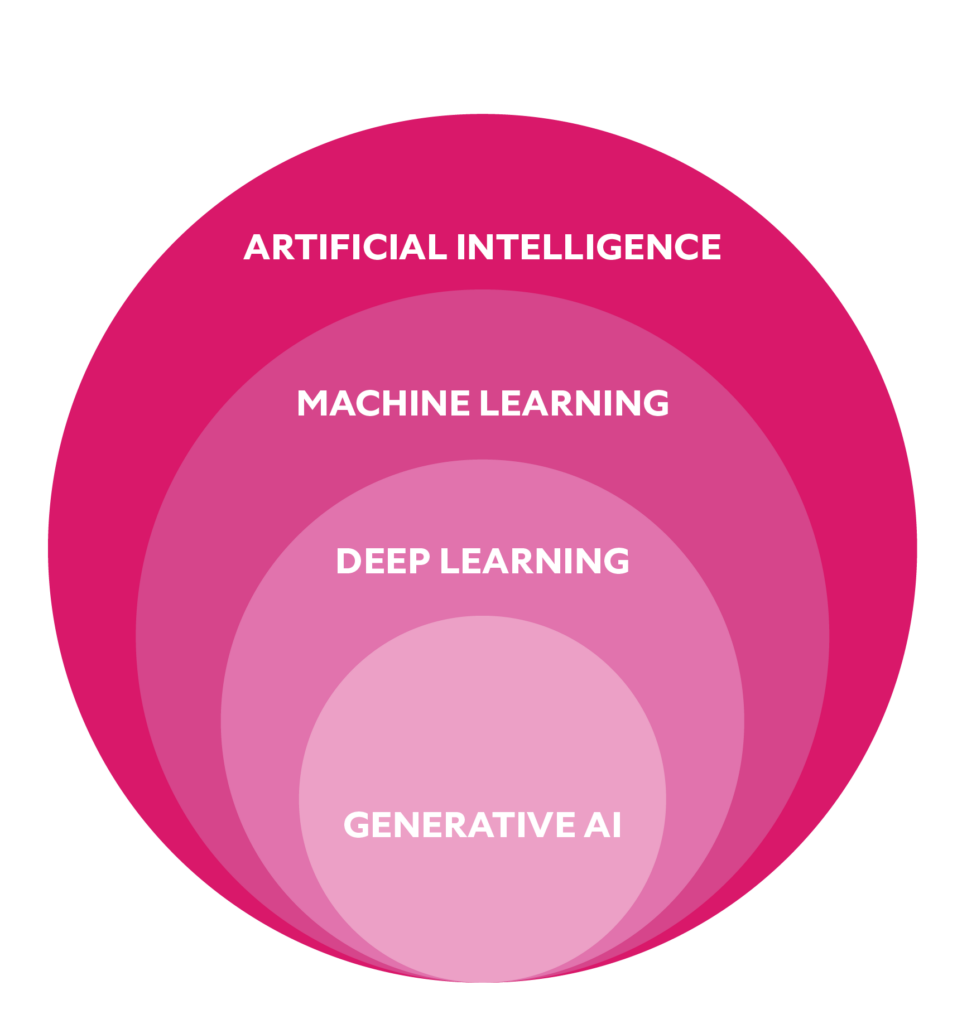This AI Law Maze Map blog starts with the basics. In this four-part series, I’ll explain terms related to (1) artificial intelligence; (2) machine learning; (3) AI models; and (4) data. A full Key Terms resource guide including all the definitions in the series will be provided at the end.
AI terms are confusing. Many are broad, vague, and ambiguous. Few definitions are globally accepted. But understanding the gist of key terms and how those terms relate to physical technology is essential to understanding how to apply laws and control access, use, and monetization of AI technology.
For example, an AI engineer may request a license for an AI “algorithm,” an ambiguous term which may refer to methods embodied in different forms in different steps in an AI technology pipeline. The engineer may be referring to:
• an inventive pre-processing method for training an AI computer vision model.
• the pre-processing software encoding the inventive training method.
• the AI model trained with the method, or
• all the above.
Algorithm
An algorithm is a process or method.
It’s black letter copyright law that a method can’t be copyrighted. Consequently, a copyright license to an “algorithm” isn’t possible. But there may be a copyright to software encoding the method, which may be licensable if the work is creative and authored by a human. Moreover, a novel pre-processing method for training a model might be patentable—eventually—after a long, complex process with the patent office. And it might be possible to craft a patent license to patents already owned that are adjacent to the new method and get a patent application on file. However, if the “algorithm” is just the trained AI model, more conversations are needed to ascertain what rights might exist in the country where the model is located (trade secret, data civil right, possible copyright) and how to proceed to license it to limit liability and achieve the business objectives. Finally, licensing a bundle of AI technology, which may have few or no IP rights, will take a careful and nuanced approach if the business goal is monetization.
Before talking to a lawyer or attempting legal analysis on AI technology, get clear:
“What does this AI term mean?”
The following are short, basic descriptions of a few more key terms:
Artificial Intelligence (AI)
Artificial intelligence may mean:
- a branch of computer science for making intelligent machines.
- machine learning techniques.
- a mathematical model.
- a machine system that uses inputs, an AI model, and algorithms to learn and generate predictions, content, recommendations, or decisions with limited human interaction.
There are nesting sub-fields of AI computer science: machine learning, deep learning, and generative AI. Each may mean: (1) a sub-field of AI computer science; (2) techniques; or (2) a type of AI model.

Machine Learning
Machine learning is a sub-field of AI computer science studying how machines can learn by themselves through data and experience, somewhat like humans. Generally, machine learning refers to a group of techniques used to train AI models. Specifically, machine learning is a type of data processing using training data sets and statistical techniques to identify patterns without explicit rules. Machine learning techniques are useful for making predictions, classifying objects, processing natural language, and recognizing speech.
Deep Learning
Deep learning is a sub-field of machine learning using artificial neural networks. Deep learning often refers to unsupervised techniques that use vast, raw data sets. More specifically, deep learning uses pattern analysis to process millions to billions of variables to produce output.
Neural Networks
Generally, neural networks are deep learning techniques. A neural network can also be described as a deep learning model with a large array of processing nodes, which perform mathematical calculations, and are linked in highly complex layers, like neurons in a human brain. A large langauge model (LLM) may have billions of nodes. Deep neural networks have hidden layers, which makes their inner workings almost impossible for humans to understand. This is in part why they are called black boxes.

Generative AI
Generative AI is a sub-field of deep learning. It also refers to AI applications using deep machine learning models that have been trained on massive data sets and can produce new synthetic outputs (like predictions of the next word in a sentence or an image) based on input prompts from a user. Think of a massive chatbot like ChatGPT or an image generator like Stable Diffusion.
In the next post of this series, I will describe more details about types of machine learning.



